Need a clutch release lever for your Vauxhall Corsa? Not a problem. There are hundreds of suppliers ready to service your enquiry and it should be with you tomorrow. Cost: about £16.
But what if you need one for your Porsche 959, an extremely rare car, parts for which you’re unlikely to get online, never mind over the counter? Until a year or so ago you would have had to get one specially made at great expense but, since 2018, Porsche has been able to produce the part on demand and at reasonable cost using 3D printing and, specifically, a process called selective laser melting.

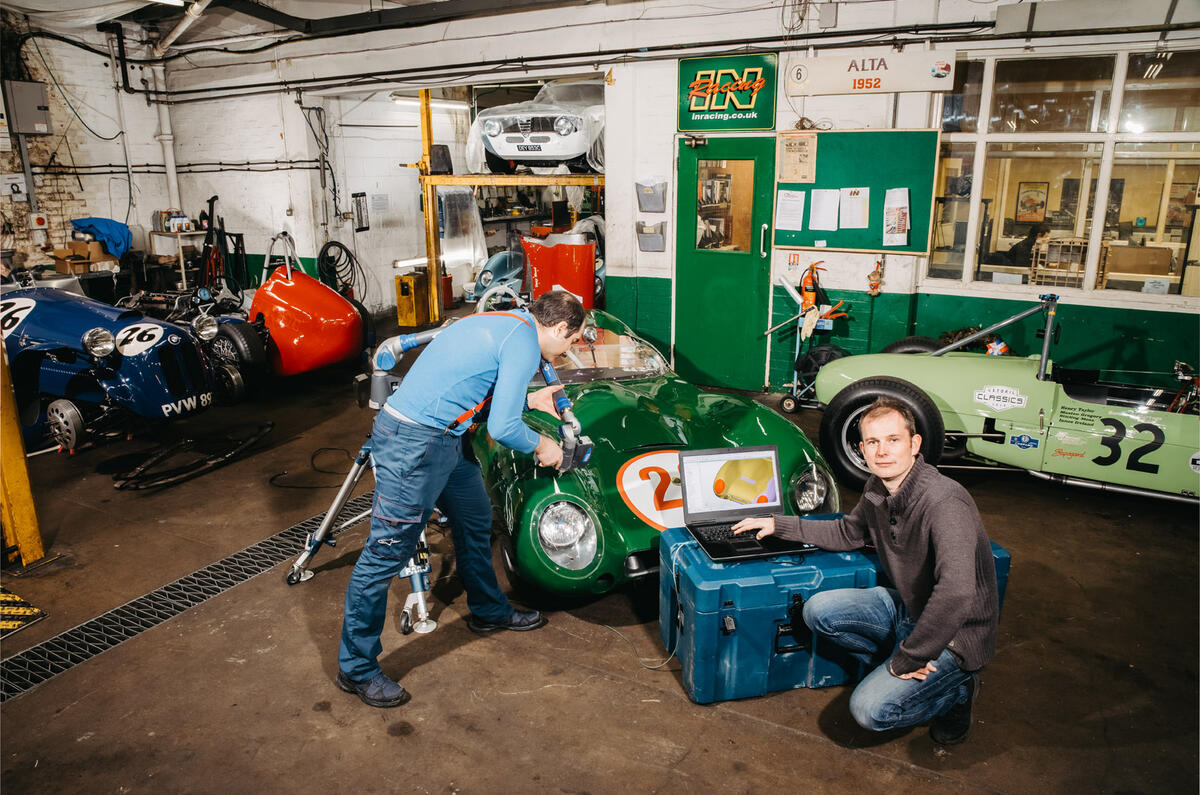
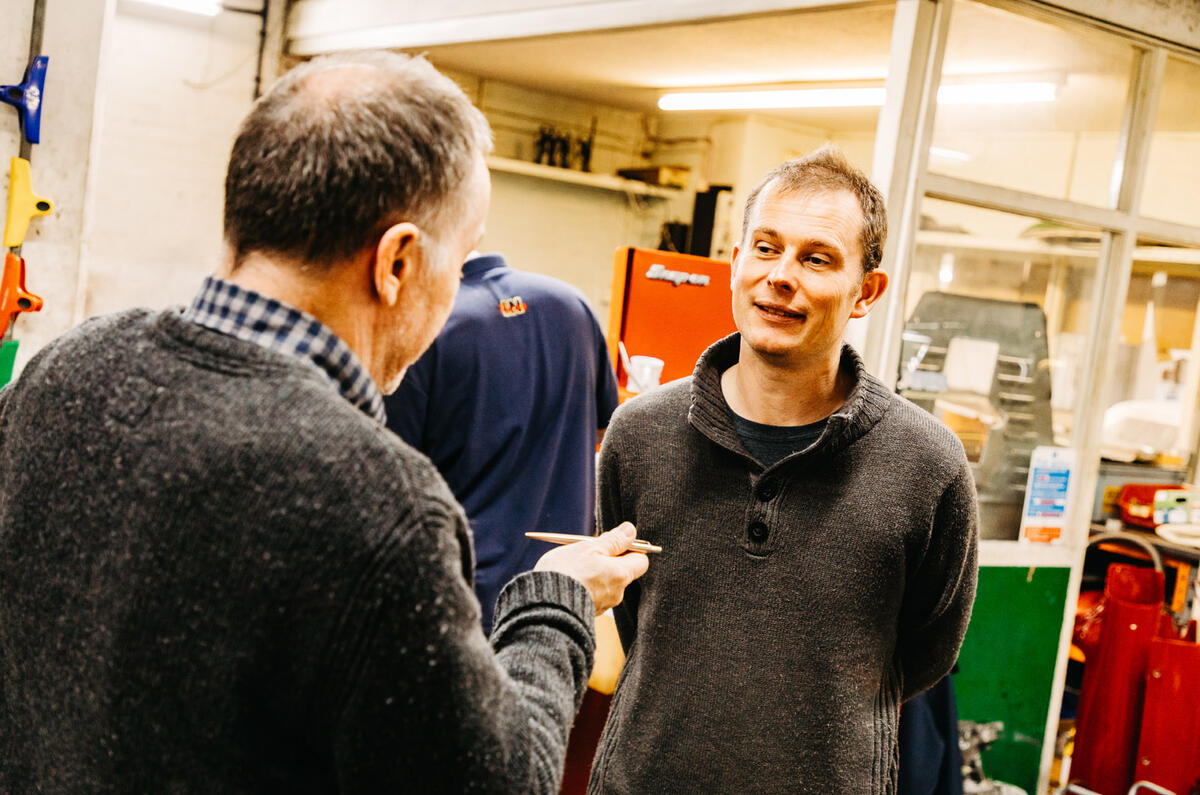
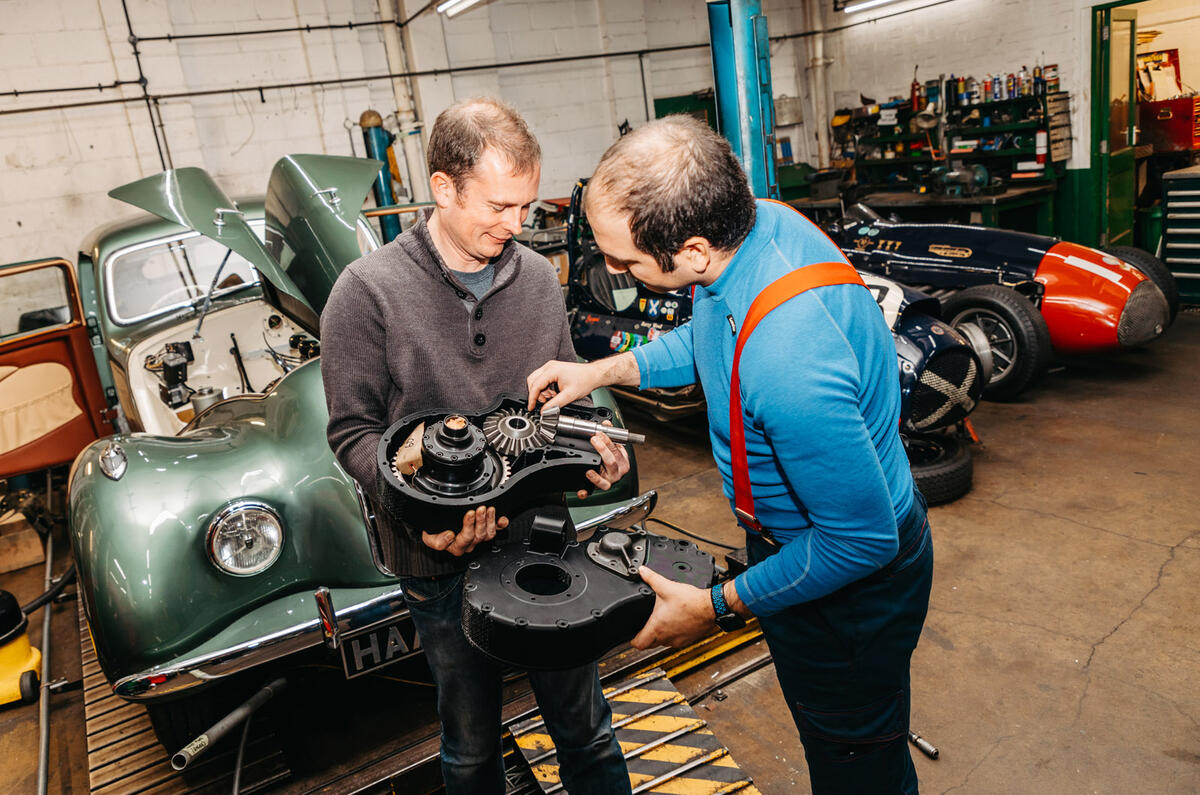
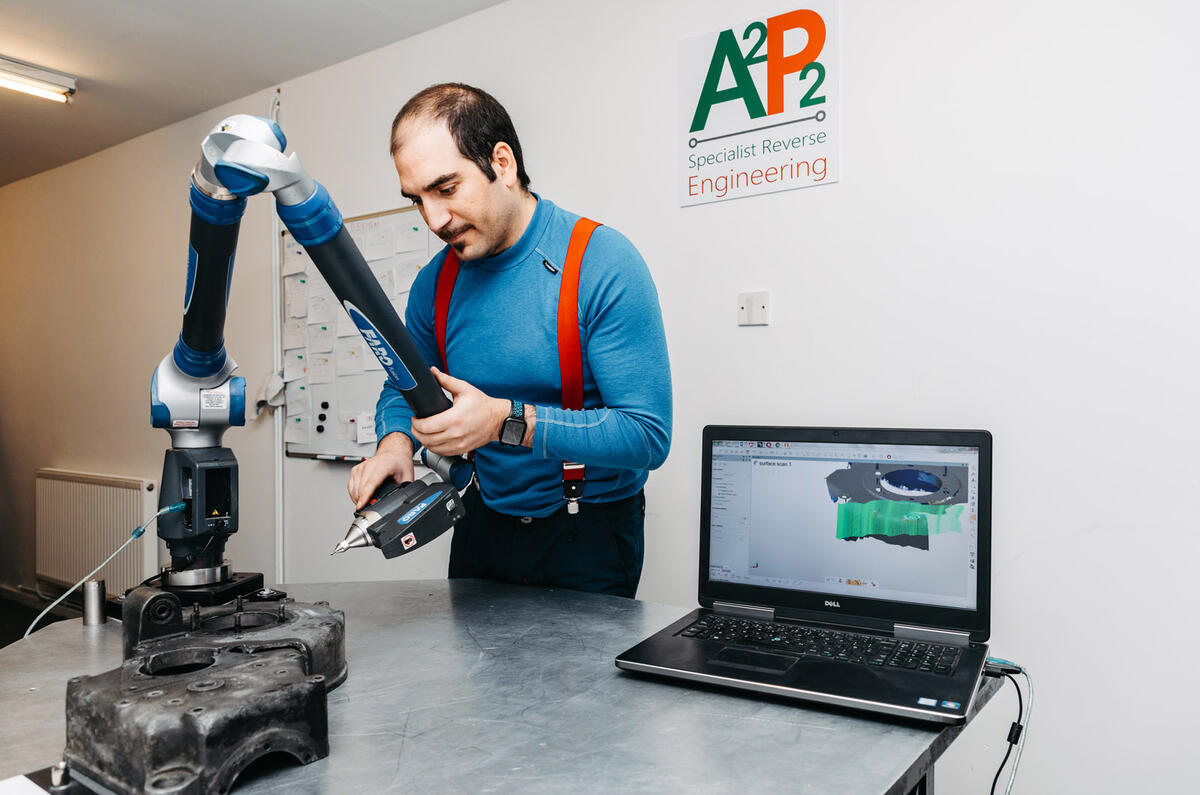
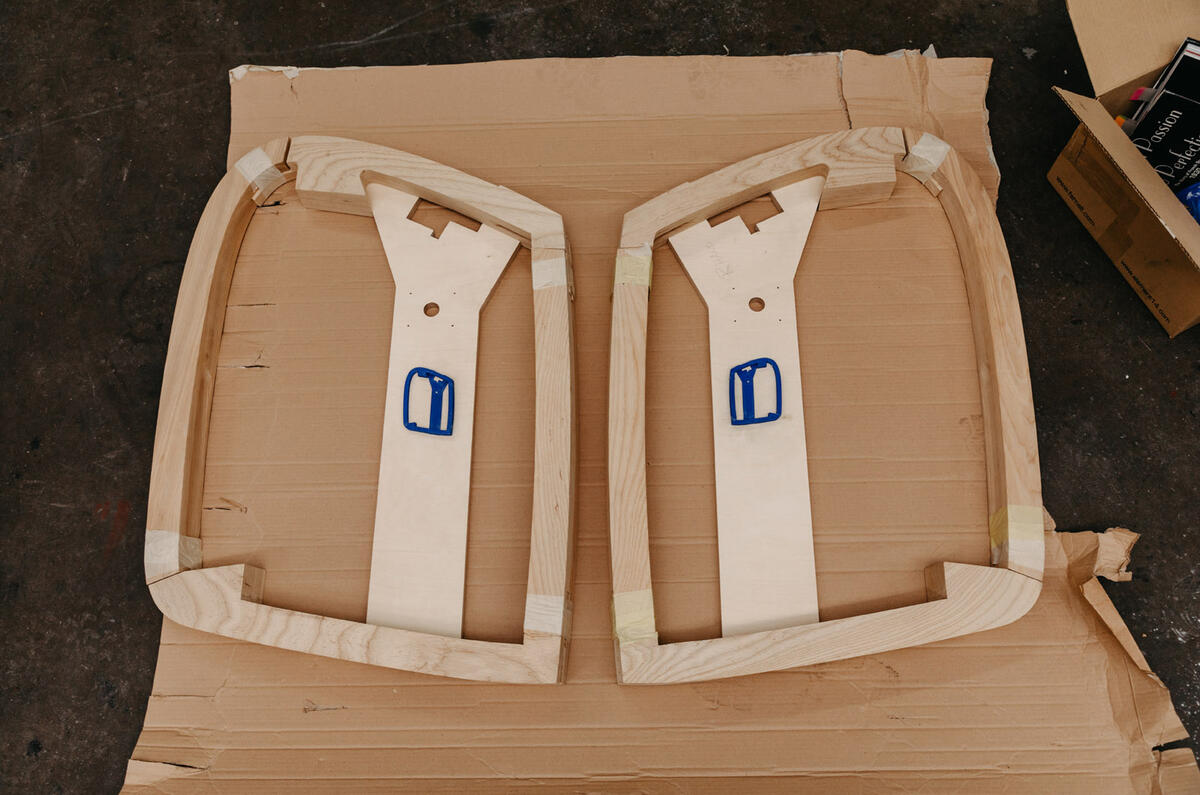
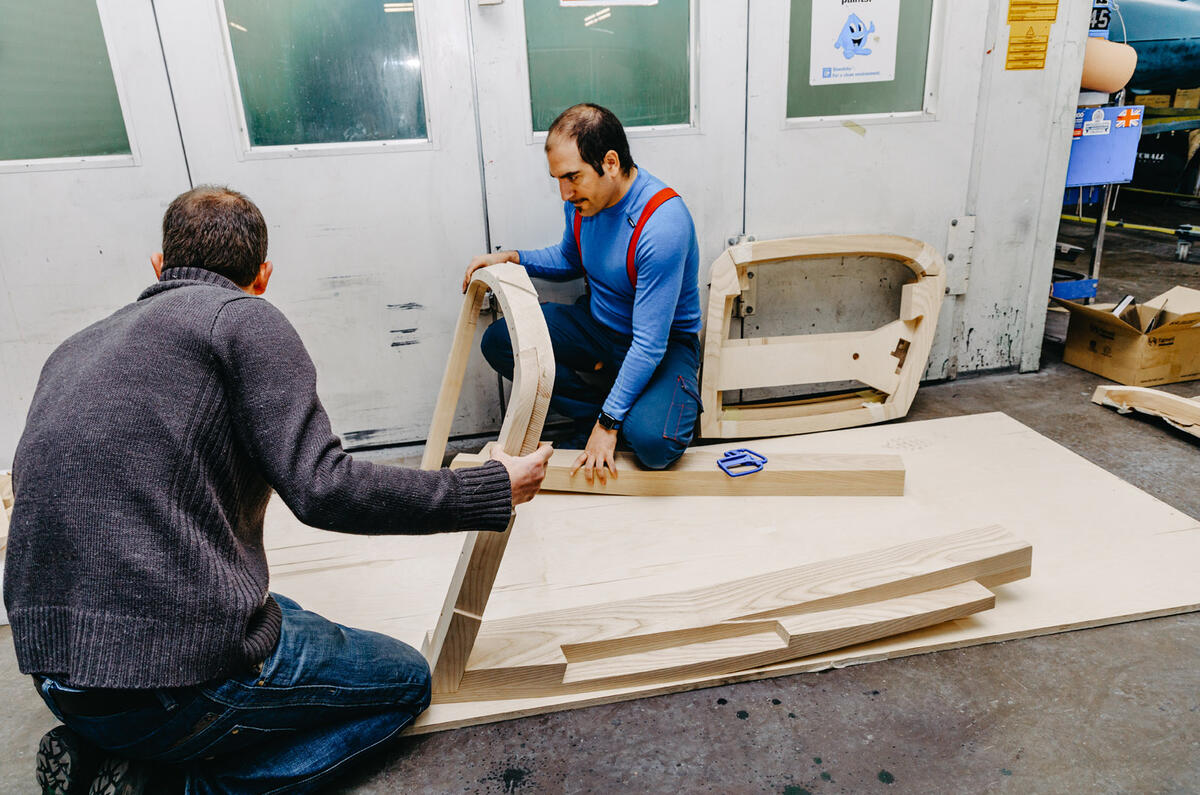
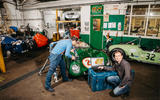
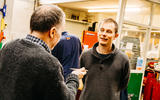
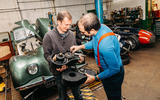
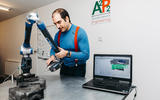
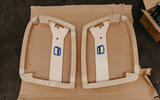



Join the debate
Add your comment
An answer!
I have been fretting about replacing components on my 959, which the writer helpfully tells us is a rare car. Now, we have an answer, 3D printing. But maybe someone can answer me three questions not considered in the article: